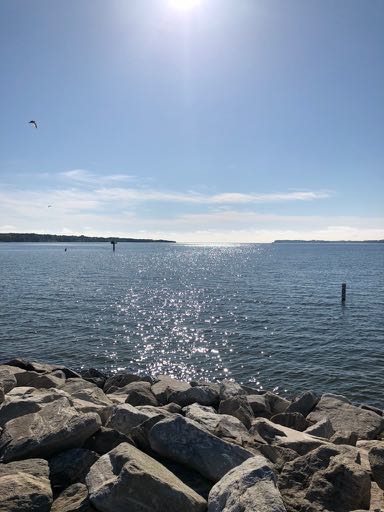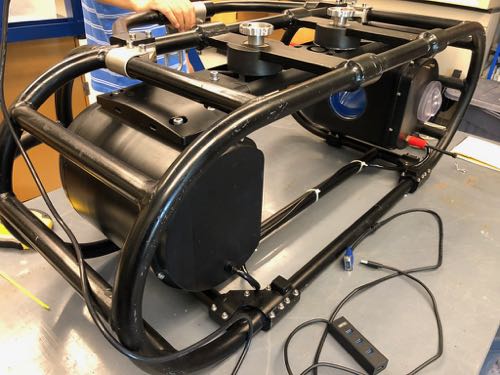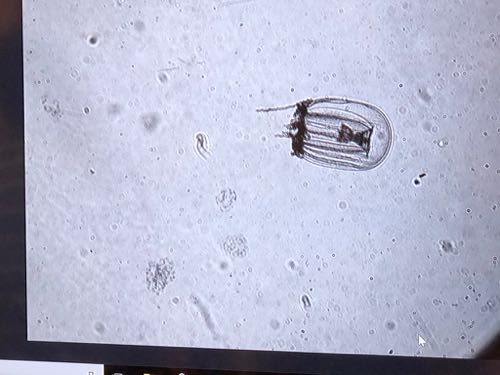This week I was fortunate to have the opportunity to travel to Solomons Island, MD to visit the Chesapeake Biological Lab which is part of University of Maryland Center for Environmental Science. There I met Hongsheng Bi and Mary Beth Decker who are the two lead scientists on our research cruise in June.

I was full of questions and anticipation about my trip, but after many discussions I feel super excited and really looking forward to going. During my time there, we covered cruise details, what to bring, what we would be studying, who was going, what equipment we would use and who would be doing what. These were all things I was curious about and I now feel confident about. Both my scientists were so welcoming and made me feel part of the team.
The equipment we are using is amazing. There will be images using the ZOOVis system which takes pictures underwater of plankton and small marine life. We are also using ARIS sonar imaging. This will be combined with collection from nets and CTDA research tool that is submerged in the water to measure conductivity (salinity), temperature, and depth. readings to give an overall picture of the ocean and its contents at each sampling site. I was fortunate to see some of the images from other trips and I look forward to seeing what we find in the Bering Sea. This article will give you an idea of how the ZOOVis system works.




Comments